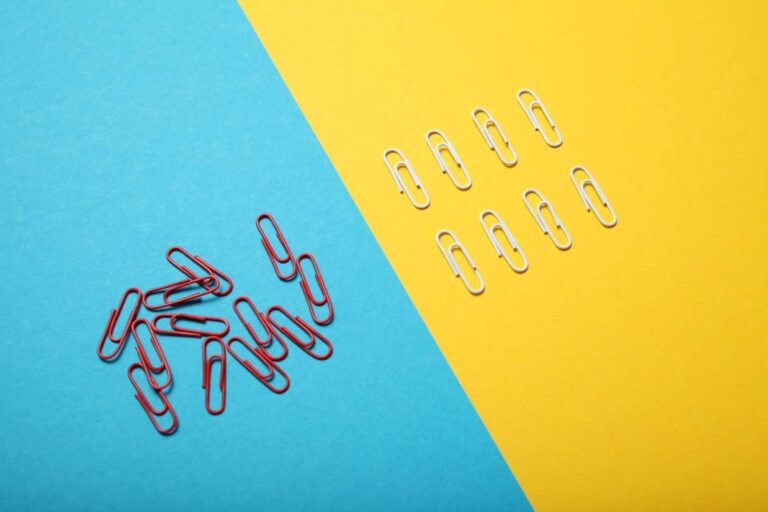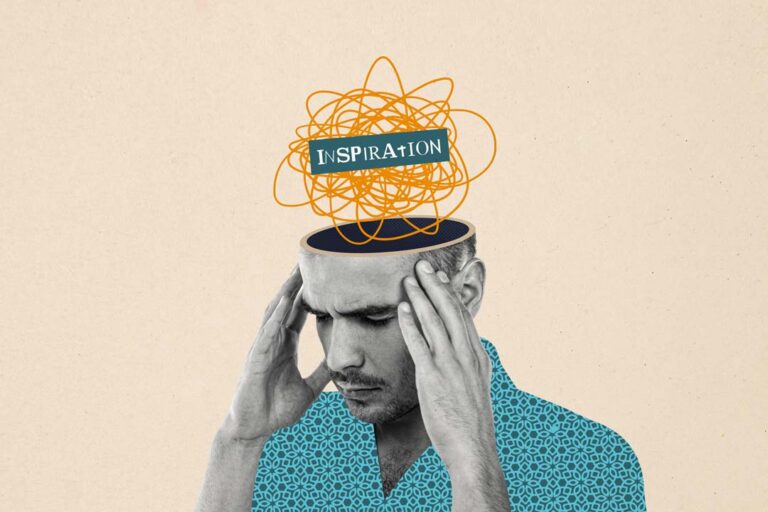Here’s a truth that most marketers won’t admit: failure isn’t the opposite of success. It’s the prequel.
We all love to celebrate the campaigns that work, the ideas that go viral, the strategies that turn skeptics into superfans. But for every big win, there’s a stack of flops—ideas that fell flat, campaigns that bombed, and experiments that seemed brilliant… until they weren’t.
And that’s okay. In fact, it’s better than okay—it’s necessary. Failure isn’t a detour; it’s part of the journey. It’s where the lessons live, where the insights hide, and where the breakthroughs are born.
Why Chaos Sometimes Fails (and Why That’s a Good Thing)
Chaotic thinking is a double-edged sword. It thrives on randomness, tangents, and big swings. But not every swing connects.
Sometimes, chaos leads to ideas that don’t resonate. A campaign might be too weird, too niche, or just land at the wrong time. But here’s the thing: even the wildest flop has value.
Every failure teaches you something:
- What doesn’t work for your audience.
- Where your messaging went off-course.
- How far you can push before you need to pull back.
Failure isn’t a dead end—it’s a map for your next attempt.
Famous Failures That Paved the Way for Success
1. Crystal Pepsi
Pepsi launched a clear soda in the early ’90s to tap into the health-conscious trend. It flopped. But the failure taught Pepsi how to better read consumer sentiment and paved the way for their more successful innovations, like the Pepsi Max line.
Lesson: Even a flop can reveal what your audience truly wants.
2. The Ford Edsel
Ford spent years hyping the Edsel as the car of the future, only to see it become one of the biggest failures in automotive history. But the Edsel’s failure wasn’t in vain—it taught Ford valuable lessons about market research, branding, and timing.
Lesson: A failure today can set the stage for better decisions tomorrow.
3. Google Glass
Google’s high-tech glasses were ahead of their time and ultimately bombed. But the experiment laid the groundwork for future wearable tech, including successful ventures like the Fitbit and Apple Watch.
Lesson: What seems like a flop now might be a stepping stone for future innovation.
How to Manage Risk When Embracing Randomness
Embracing failure doesn’t mean being reckless. Here’s how to balance chaos with control:
1. Start Small
Test your wildest ideas on a small scale. Launch a pilot program, run a limited campaign, or test with a niche audience. Small experiments mean small risks—and big learnings.
2. Define Success and Failure
Before you start, decide how you’ll measure success. What does a “win” look like? What would you consider a “learning opportunity”? This keeps your failures productive.
3. Create a Failure Budget
Set aside resources—time, money, or both—for experiments that might not work. This gives your team the freedom to take risks without jeopardizing the core of your business.
4. Debrief Every Experiment
After every campaign, win or lose, ask:
- What worked?
- What didn’t?
- What surprised us?
Document your insights, and use them to inform your next move.
Why Failure Is Fun
Here’s the secret: failure is liberating. It frees you from the pressure of perfection. It gives you permission to take risks, to try things that might not work, to play with ideas that feel too wild.
And sometimes, in the middle of that chaos, you stumble upon something magical.
The Big Idea: Fail Boldly, Fail Often
The next time an idea feels too risky or random, remember this: the most innovative campaigns are born in the space between “What if?” and “Why not?” Some will flop. Some will fly. But every one will teach you something you didn’t know before.
So, go ahead. Take the big swing. Chase the tangent. Try the thing that might not work. Because failure isn’t the end of the story—it’s the part that makes the ending even better.

